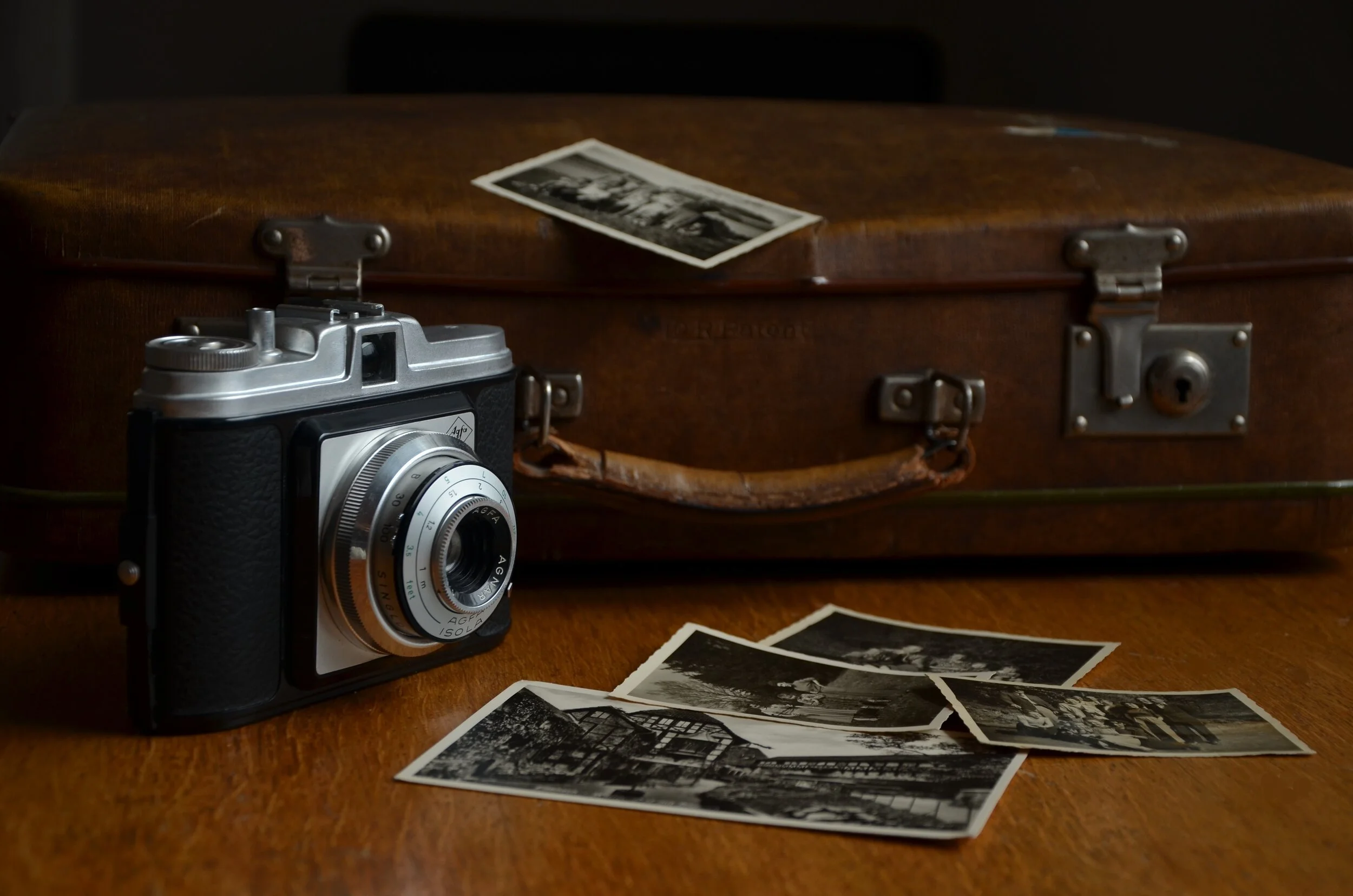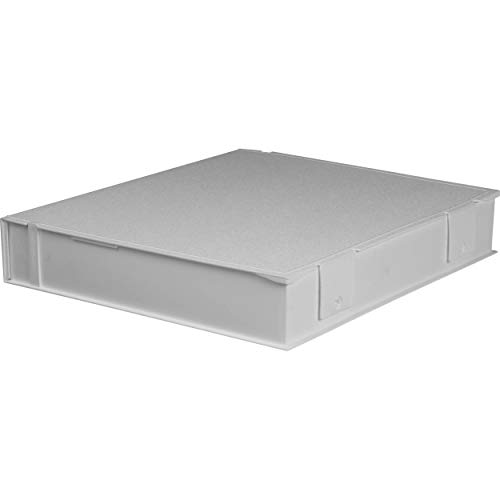Storing Film And Slides Safely Doesn't Have To Be Hard. Read These 4 Tips!
What you do with your film after it has been digitized is up to you but many people choose to keep and store the originals long after digitization. In this part 4 of 4 blog post we will talk about safe storage. The DPI (Dots per inch) at which your film is scanned at in large part determines the size that image could be printed (I always think of old comic books where you can see the individual dots!). For large quantity scanning many images are scanned at a DPI that would allow them to be printed at a 5X7 or 8X10 both of which would be sufficiently large to use in any fashion on social media. However, if you ever had a historic negative or old memory film strip you wanted to put on canvas or have framed as a large wall print than you might be glad you kept the originals safe to have that individual image re-scanned at a much higher DPI. Following are our top 4 tips for storing your film safely before or after we digitize for you:
CLIMATE By far the most important consideration is the climate in which your memories are stored especially here in the mid-south and in Memphis! The deterioration of film is quickened by storing it in places such as an attic, shed, or garage unless those places stay a fairly consistent temperature night and day year round. In addition to temperature humidity needs to be considered, some areas of your house such as a closet very near to your bathroom can have a higher humidity level at certain times and can cause your film to gather condensation. It is best to store your film in a cool, dry, dark place.
Acid Free Sheet Protectors. One of the best and most cost effective ways of safely storing your film or slides is with film sheet protectors. For around $15 you can purchase a 25 pack or sheets that hold 20 mounted slides per page. Sheet protectors for cut film strips are even cheaper. This is a great option because it protects the film from fingerprints and scratches and also makes viewing them easier. Keep in mind, this option does little to protect from condensation.
BOXES. Probably the most archival method of storage is a metal container (could be drawers or a box with a lid) in which each slide is stored in its own individual upright slot however this avenue can get very expensive. What we would suggest is an acid free three ring photo binder box, now if you have never seen one it might sound like a strange item. Essentially it is just a binder for your slide or film sheet protectors that can be closed to block out moisture, dust, or other things that could damage your film or slides. Check out the amazon link attached. Another option is a specialized reinforced cardboard box designed specifically for film found at your favorite online photo supply store, the one HERE at B&H is made using materials that will not harm your media.
Things to avoid. Avoid bundling slides together in rubber bands and storing them horizontally, over time the rubber band could rot or bend the items it is holding together. Also avoid any sheet protectors or cardboard that is not specifically designed for photo preservation. Some cheap scrapbooks and storage boxes have chemicals that can harm your media over a long period time.
We love supporting other Local Memphis Businesses! Let us know if any of the items mentioned in this 4 part film blog post can be purchased locally anywhere in the Greater Memphis Area or even anywhere in the Mid-South! Thanks for tuning in for this 4 part series!



